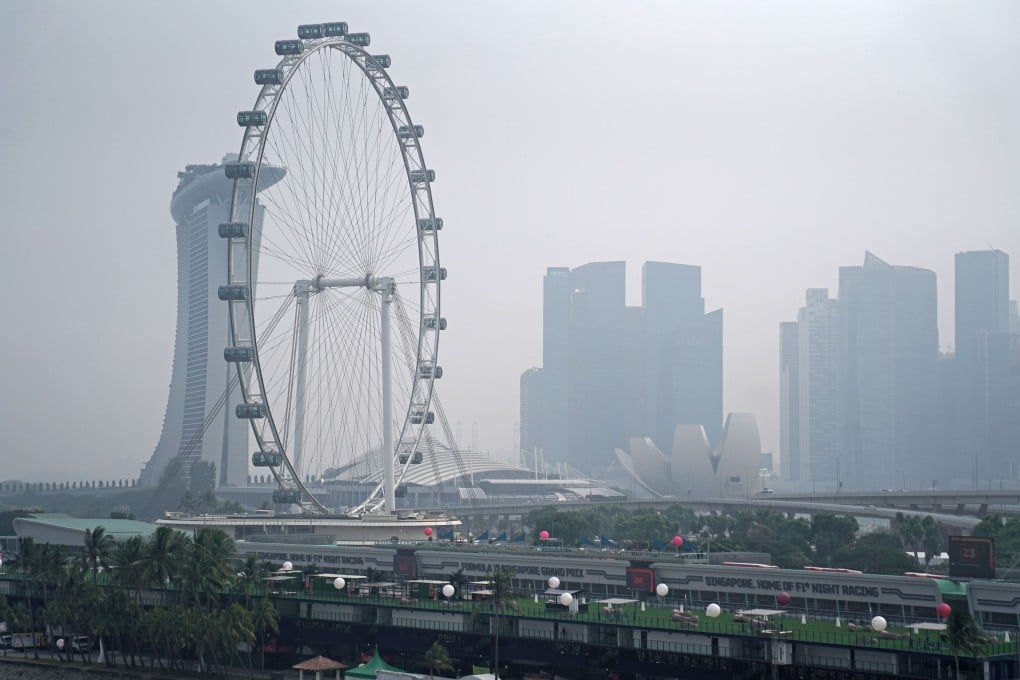Why can’t Southeast Asia snuff out its haze problem for good?
- Singapore flagged off its Formula One race under clearer skies on Friday after days of bad air there and in Malaysia
- Experts urge Jakarta to crack down harder on those behind illegal fires as the haze affects ‘health, wealth and well-being’

Even though organisers on Thursday said there were no plans to amend the schedule for the three-night race, they also noted the situation was “highly changeable”.
The haze has worried racers, including F1 champion Lewis Hamilton. “I have been told not to go for runs outside, but I don’t know how that would impact us in the race,” the British racer told AFP on Thursday.
“Tonight and tomorrow, I will speak to my team about it, but there’s only so much we can do, we can’t wear an extra mask in our helmets, so it is what it is,” Hamilton said.
“Naturally, you blow your nose after a race and loads of soot comes out … you’ve got the carbon and all the other stuff you are breathing in, so clean air is an important part of it.”
The smoke blows over from Sumatra and Kalimantan in Indonesian Borneo during the dry season from July to October, when peatlands burn and forested land is cleared for agriculture by the slash-and-burn method. The peat fires spread quickly and are difficult to put out.
